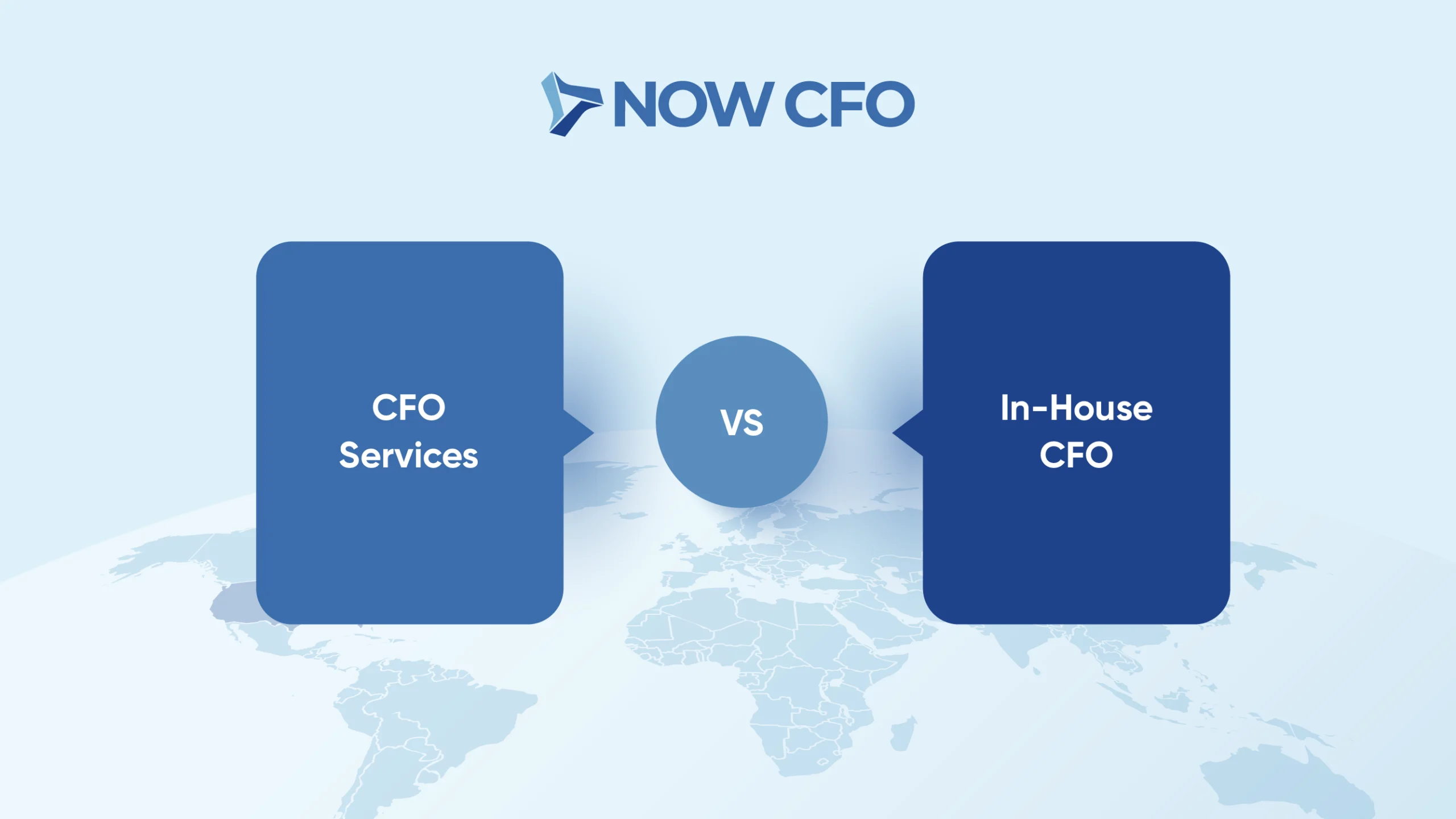
The issue of sales tax may seem pretty straightforward. Whatever the percentage is in your state, you multiply that by the total your customer pays, and that is the amount owed to your state government. While the percentage and exactly how sales tax is handled by the state may vary, the principle is the same.
When online sales became popular, places like Amazon, eBay, Etsy, and others were seen by many as a free for all for sales tax. States and local government found they began to lose sales tax revenue as goods were being sold across state lines. For many years, states argued they were losing a lot of money by not collecting sales tax and that things needed to change.
South Dakota vs. Wayfair
The change started in 2016. The state of South Dakota passed laws requiring online sellers, even those without a physical store in their state, to collect South Dakota sales tax. This applied if the retailer made more than $100,000 in sales, or if their sales came from more than 200 individual transactions in a singe year. That meant that even if a company sold 201 orders of pencils in the state, even at only $5 each, they still had to collect sales tax.
To make sure the law stuck, the state then sued retailers, including Wayfair, who did not collect the appropriate sales tax. The controversial case, opposed by many online sellers, made it to the Supreme court who ruled in favor of South Dakota in June of 2018.
This landmark case opened the door for other states to do the same, essentially changing domestic tax law to align with the increase in online sales channels.
Sales Tax Changes
As a result of this case, thirty-two states have passed or having pending legislation regarding sales tax collection by online sellers who do not have a physical store in their states, and everyone from Amazon to other online retailers are now in compliance with those laws. This means those states are collecting more sales tax than they did previously.
What it also means to your business is that you must have a sales tax certificate in every required states, and must comply with the individual laws of those states. In some cases, sales thresholds are high, from $100,000 to $1 million in sales, only affecting the largest retailers. In others, thresholds are low, like the $10,000 threshold in Washington State.
Will Your Business be Affected?
The answer to this question is actually a simple one. If you do any of the following, your business will be impacted.
- If you sell online or using mail order, you are
impacted. - If you sell in multiple tax jurisdictions, in
other words states other than your own, you will be impacted. - If your business is registered in multiple
states, you will be impacted.
Businesses of all sizes are impacted, but your company will see the most impact if:
- You sell at least $500,000 per year in tangible
goods to “end users” in multiple states - You sell at least $250,000 per year in multiple
states that are growing rapidly - You sell more than $100,000 per year in any one
state
Does this sound complicated, it can be. It’s changed the way a lot of online sellers operate, and even created fulfillment models where other businesses handle those issues for you.
Understanding and Help
Understanding the issues is just the first step. It is vitally important that you get the help you need to navigate these changes. Even in a small business, you can benefit from the expertise of a CFO and other financial professionals. How do you get that on a limited budget?
NOW CFO offers a variety of solutions, from temporary help to ongoing consultations. We can help clean up financial messes before they become any larger and we have the national reach and expertise to assist you with whatever your company needs from sales tax solutions to cash flow management.
Want to learn more? Contact
us today to find out how we can best help you.














